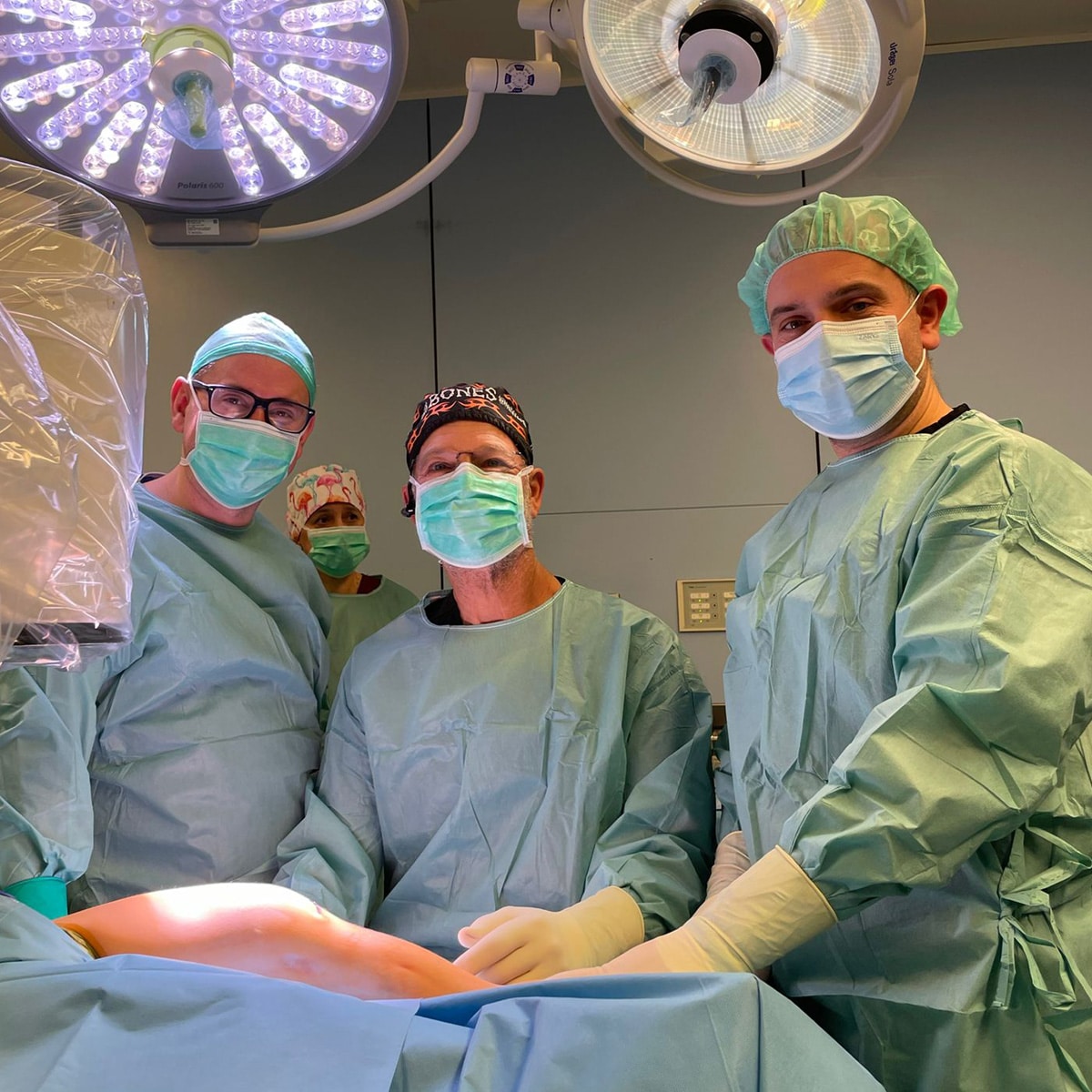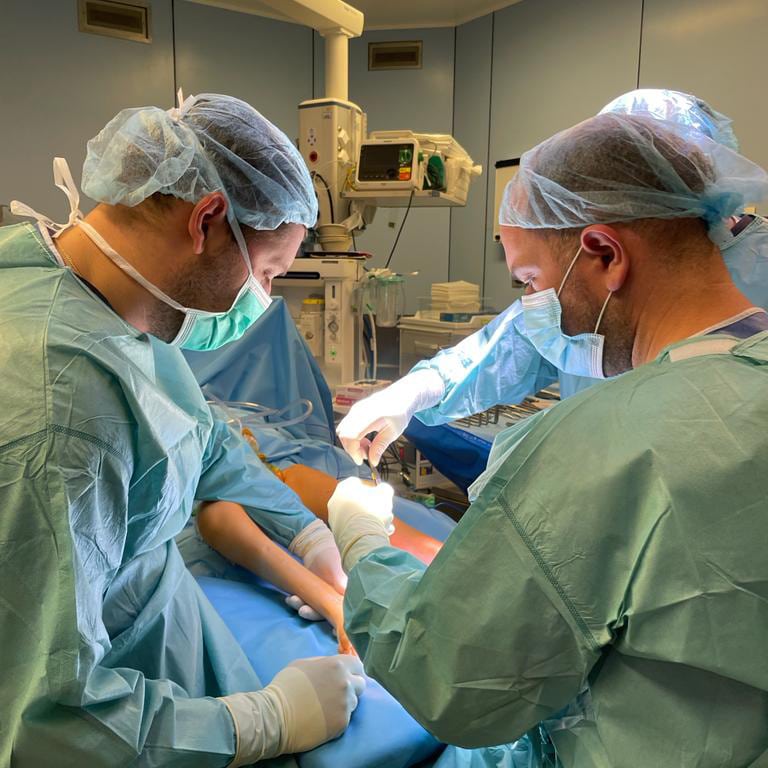

Joint preservation and replacement entail a spectrum of approaches to managing hip and knee conditions conservatively or surgically. The practice emphasizes employing cutting-edge methods, such as direct anterior hip replacement and patient-customized knee surgery, to facilitate quicker recovery with reduced discomfort.
At the Paley Institute, a focus lies on advancing joint preservation techniques to delay or avoid the necessity of joint replacement. Joint preservation endeavors to restore joint function without resorting to prosthetic replacement, employing specialized osteotomies, distraction techniques, and realignment procedures. Successful joint preservation interventions have been conducted for the hip, knee, and ankle.
Operative treatments for joints are categorized into preservation and replacement. While joint replacement involves substituting the joint with a prosthetic, preservation aims to reconstruct the joint to postpone or obviate the need for replacement surgery.
The Paley Institute adopts a tailored approach to treatment, meticulously addressing all facets of joint deformity. Employing principles akin to knee replacement surgery, attention is given to soft tissue balance and bone realignment. Joint preservation techniques have demonstrated remarkable outcomes, significantly extending joint longevity.
However, joint preservation techniques have declined as arthroplasty and joint replacement surgeries become more prevalent, particularly among younger patients and less severe cases. It’s crucial to recognize that joint replacement is akin to amputation, irreversibly replacing the joint with a prosthesis. Preservation techniques modify and correct the joint, whereas replacement removes it entirely. Hence, a comprehensive consideration of available treatment options is imperative when managing joint pain.
The Paley Institute boasts extensive experience in both joint preservation and replacement, offering patients tailored solutions. Notably, knee preservation surgery is particularly indicated for Mono-Compartment Osteoarthritis (MCOA).
In MCOA cases, where joint surfaces deteriorate due to cartilage degeneration, leading to pain and deformities, specialized osteotomies are employed. Treatment aims to restore joint functionality and defer total knee replacement surgeries. The Paley Method, involving various osteotomy techniques developed by Dr. Paley, has yielded excellent outcomes in joint preservation.
Deformities associated with MCOA encompass bone and joint aberrations, which are meticulously addressed through customized osteotomy approaches. Treatment strategies vary based on the affected knee compartment, ensuring tailored interventions for optimal outcomes.
Joint preservation and replacement strategies are vital in managing hip and knee conditions, focusing on restoring function and enhancing quality of life while delaying or avoiding the need for joint replacement surgery.